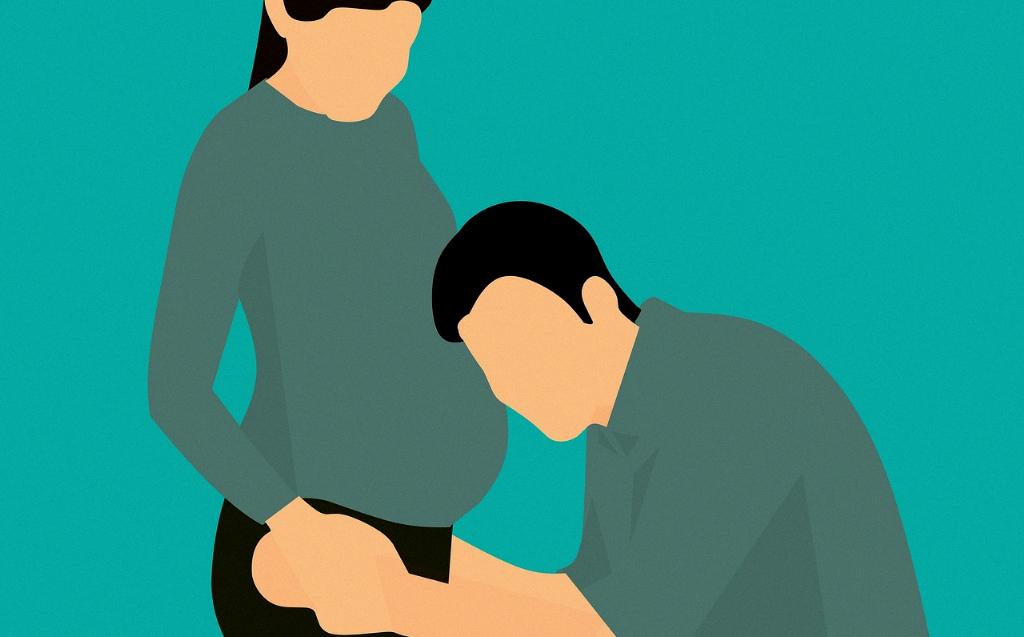Experiencing pain in the umbilical cord during early pregnancy can be a common occurrence for expectant mothers. It is essential to understand the potential causes of this discomfort to alleviate any concerns and ensure a healthy pregnancy journey.
1. Changes in the Belly Structure
One leading cause of pain in the umbilical cord during early pregnancy is the natural changes in the belly structure. As the baby grows, the muscles and skin of the abdomen stretch to accommodate the developing fetus. This stretching can place pressure on the umbilical cord, leading to discomfort in the belly button area.
2. Umbilical Hernia
Another factor that may contribute to pain in the umbilical cord is an umbilical hernia. This condition occurs when a section of the intestine or abdominal tissue protrudes through the abdominal wall near the belly button. Pregnant women are more susceptible to developing umbilical hernias due to the increased pressure on the abdominal area.
3. Round Ligament Pain
During pregnancy, the round ligaments that support the uterus stretch and expand to accommodate the growing baby. In some cases, this stretching can cause sharp or dull pain in the belly button region, which may radiate towards the back or groin.
4. Gas and Bloating
Gas and bloating are common symptoms experienced by pregnant women due to hormonal changes and the slowed digestive system. The build-up of gas in the intestines can cause discomfort and pain in the umbilical cord area.
5. Constipation
Constipation is a prevalent issue during pregnancy, leading to abdominal pain and discomfort, including in the umbilical cord region. The pressure from the backed-up stool can exacerbate the pain and make it more noticeable.
6. Ligament Strain
As the uterus expands and grows during pregnancy, the ligaments supporting it can become strained, leading to pain in various areas of the abdomen, including the umbilical cord. This discomfort is often described as a sharp or shooting pain that occurs with movement.
7. Indigestion
Indigestion and acid reflux are common complaints among pregnant women, especially in the later stages of pregnancy. The regurgitation of stomach acid can irritate the esophagus and cause referred pain in the umbilical cord area.
8. Skin Sensitivity
As the belly expands, the skin around the belly button can become more sensitive and prone to irritation. This sensitivity can manifest as pain or discomfort in the umbilical cord region, particularly when pressure is applied to the area.
9. Braxton Hicks Contractions
Braxton Hicks contractions are often referred to as “practice contractions” and can cause discomfort in the belly button area during pregnancy. These contractions are the body’s way of preparing for labor and can be mistaken for umbilical cord pain.
10. Intra-abdominal Pressure
The increasing size of the uterus and growing baby can place significant pressure on the umbilical cord and surrounding structures, leading to discomfort in the belly button area. This pressure may intensify as the pregnancy progresses.
11. Posture Changes
As the body adapts to accommodate the growing baby, changes in posture can occur, leading to discomfort and pain in various areas of the abdomen, including the umbilical cord. Maintaining good posture and using support pillows can help alleviate this pain.
12. Seeking Medical Advice
If you experience persistent or severe pain in the umbilical cord during early pregnancy, it is essential to consult with your healthcare provider. They can assess the underlying cause of the pain and provide appropriate guidance and treatment options to ensure a healthy pregnancy for you and your baby.

